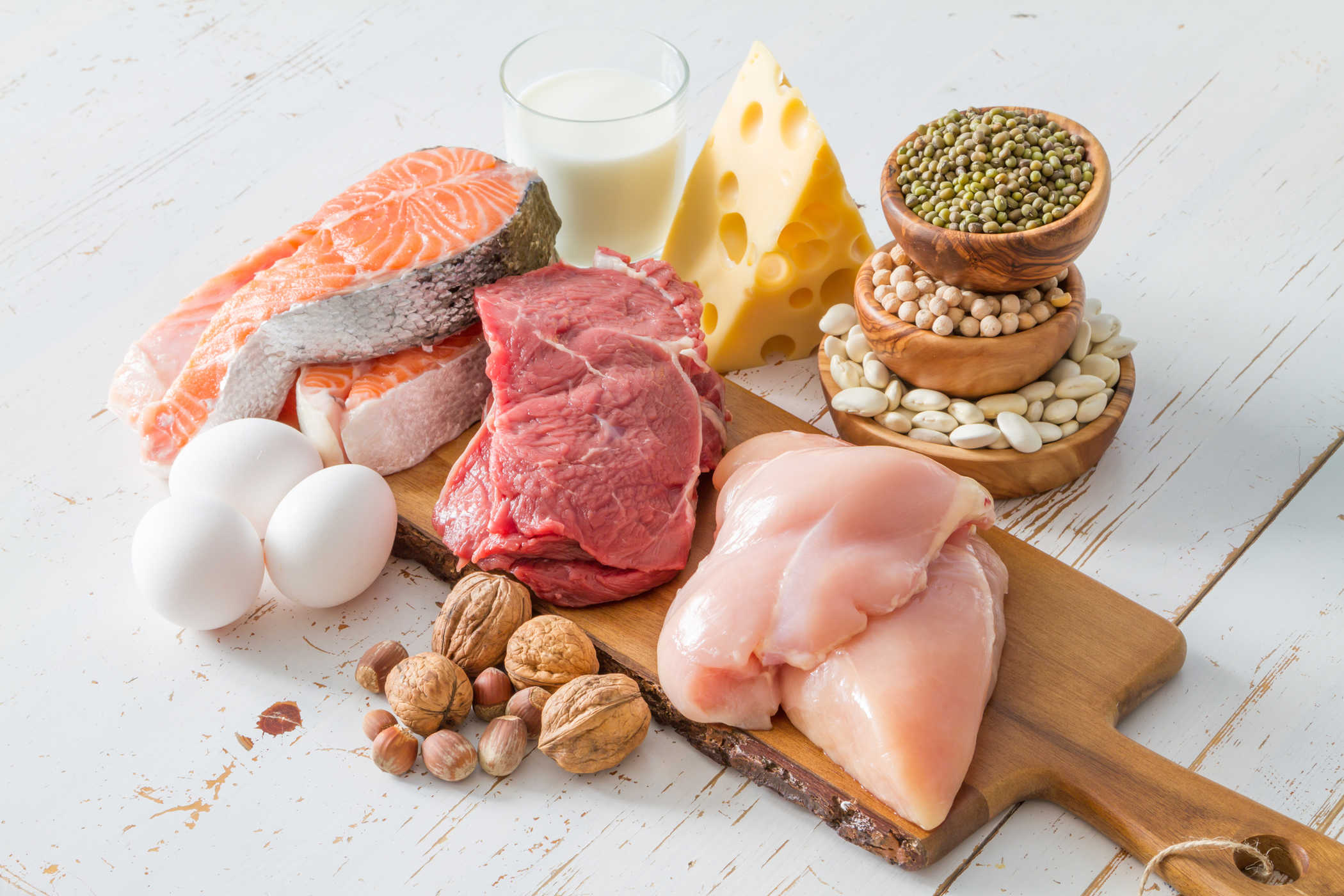Tips for Cooking Low-Fat, High-Protein Meals

Introduction
Are you tired of feeling sluggish after meals? Do you want to boost your energy levels and maintain a healthy lifestyle? Cooking low-fat, high-protein meals can be the game-changer you need. Imagine your meals as the fuel that keeps your body running efficiently. Just like a high-performance car, your body needs the right fuel to function at its best. In this article, we'll explore tips for cooking low-fat, high-protein meals that are not only healthy but also delicious. Let's dive in!
Understanding Low-Fat, High-Protein Diets
What is a Low-Fat, High-Protein Diet?
A low-fat, high-protein diet focuses on reducing the intake of fats while increasing the consumption of protein. This diet is designed to help you maintain a healthy weight, build muscle, and improve overall health. Protein is essential for repairing and building tissues, while low-fat foods help in managing weight and reducing the risk of heart diseases.
Benefits of a Low-Fat, High-Protein Diet
- Weight Management: Protein helps you feel fuller for longer, reducing the urge to snack.
- Muscle Building: Protein is crucial for muscle repair and growth.
- Improved Health: Low-fat foods reduce the risk of heart diseases and other health issues.
Tips for Cooking Low-Fat, High-Protein Meals
Choosing the Right Ingredients
Low-Fat Ingredients
When selecting ingredients, opt for lean proteins like chicken breast, turkey, fish, and tofu. These are excellent sources of protein without the added fat. Additionally, choose low-fat dairy products and avoid processed foods that are high in saturated fats.
High-Protein Ingredients
Include a variety of high-protein foods in your meals. Some great options are eggs, beans, lentils, quinoa, and nuts. These ingredients not only provide protein but also offer other essential nutrients.
Cooking Techniques
Grilling and Baking
Grilling and baking are excellent methods for cooking low-fat, high-protein meals. These techniques allow the fat to drip off, reducing the overall fat content. Plus, they bring out the natural flavors of the food.
Steaming and Boiling
Steaming and boiling are gentle cooking methods that preserve the nutrients in your food. They are perfect for cooking vegetables and lean proteins without adding extra fat.
Stir-Frying
Stir-frying is a quick and healthy way to cook meals. Use a small amount of healthy oil, such as olive oil or avocado oil, and add plenty of vegetables to boost the nutritional value.
Seasoning and Flavoring
Herbs and Spices
Herbs and spices are your best friends when it comes to adding flavor without adding fat. Experiment with different combinations to create unique and delicious dishes.
Sauces and Marinades
Opt for low-fat sauces and marinades. You can make your own by combining herbs, spices, and low-fat liquids like lemon juice or vinegar. This way, you control the ingredients and avoid hidden fats.
Low-Fat, High-Protein Recipes
Grilled Chicken Salad
Ingredients:
- 2 chicken breasts
- Mixed greens
- Cherry tomatoes
- Cucumber
- Avocado
- Lemon juice
- Olive oil
- Salt and pepper
Instructions:
- Season the chicken breasts with salt, pepper, and a drizzle of olive oil.
- Grill the chicken until cooked through.
- In a bowl, combine mixed greens, cherry tomatoes, cucumber, and avocado.
- Dress the salad with lemon juice, olive oil, salt, and pepper.
- Slice the grilled chicken and serve it on top of the salad.
Quinoa and Black Bean Bowl
Ingredients:
- 1 cup quinoa
- 1 can black beans, drained and rinsed
- Bell peppers
- Corn
- Avocado
- Lime juice
- Cilantro
- Salt and pepper
Instructions:
- Cook the quinoa according to package instructions.
- In a bowl, combine cooked quinoa, black beans, bell peppers, corn, and avocado.
- Dress the bowl with lime juice, cilantro, salt, and pepper.
- Mix well and serve.

Additional Resources
For more inspiration and detailed recipes, check out these authoritative resources:
Conclusion
Cooking low-fat, high-protein meals is not just about following a diet; it's about adopting a healthier lifestyle. By choosing the right ingredients and using healthy cooking techniques, you can create delicious and nutritious meals that support your well-being. Remember, your body is a temple, and what you put into it matters. So, why not start today? Try out some of these tips and recipes, and watch your health and energy levels soar.
FAQs
What are some low-fat, high-protein snacks?
- Some great low-fat, high-protein snacks include Greek yogurt, hard-boiled eggs, edamame, and roasted chickpeas.
Can I still enjoy desserts on a low-fat, high-protein diet?
- Yes, you can! Opt for healthier dessert options like fruit salads, protein-packed smoothies, or low-fat yogurt with a drizzle of honey.
How can I make my meals more filling?
- Include plenty of fiber-rich vegetables and whole grains in your meals. These foods help you feel fuller for longer.
What are some common mistakes to avoid when cooking low-fat, high-protein meals?
- Avoid using too much oil, overcooking proteins, and neglecting portion control. These mistakes can undermine your efforts to maintain a healthy diet.
Can I still enjoy my favorite foods while following a low-fat, high-protein diet?
- Absolutely! The key is to find healthier alternatives and adjust your cooking methods. For example, instead of deep-frying, try baking or grilling your favorite foods.

By incorporating these tips and recipes into your daily routine, you'll be well on your way to a healthier, more energized you. Happy cooking!

Belum ada Komentar untuk "Tips for Cooking Low-Fat, High-Protein Meals"
Posting Komentar